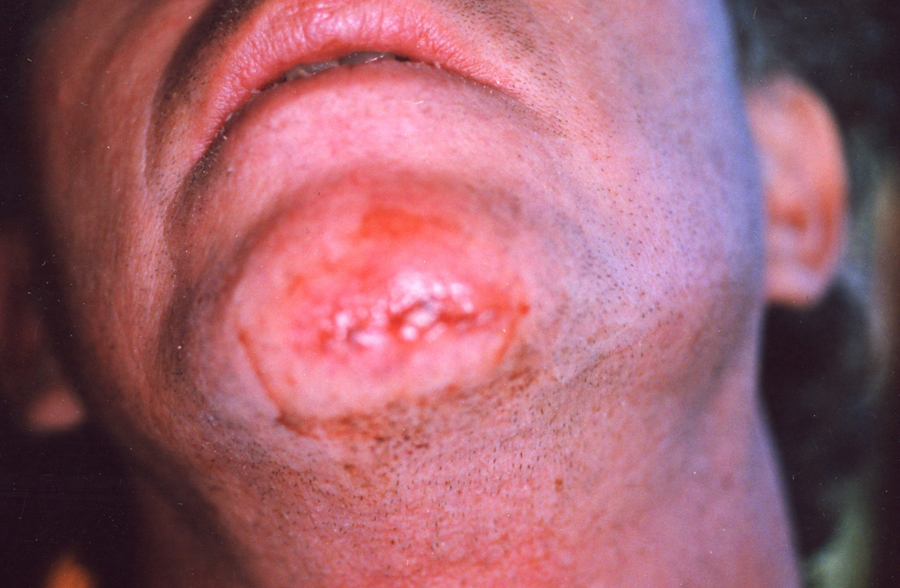

RATIONALE Polymeric membrane dressings contain ingredients which draw and concentrate healing substances from the body into the wound bed to promote rapid healing while facilitating debridement directly by loosening the bonds between contamination and the wound bed. These unique dressings are able to soothe and hydrate wounds while absorbing excess wound fluid, so they are recommended for dry wounds including exposed tendons and bones as well as for heavily exudating wounds.
METHODOLOGY A polymeric membrane dressing was applied on the wound the day of the injury. It was removed 24 hours later, revealing particles of asphalt on dressing. The dressing had wicked and captured the wound debris, leaving the wound bed clean. Advanced wound healing was noted. An unusual absence of swelling or bruising was also noted. Polymeric membrane dressings remained the only treatment until complete wound closure.
RESULTS Polymeric membrane dressing use resulted in rapid wound pain reduction. During dressing changes, gravel and dirt (which could not be rinsed out of deep, narrow wound initially) were found attached securely to the dressing surface and were lifted away with the dressing. No other wound cleansing was performed.
Additionally, patient reported that within ~4 hours of dressing use he felt the natural wicking properties of dressing drawing the wound edges together. 48 hours following injury, the wound edges were well approximated. The chin wound neatly healed within 14 days without use of adhesive strips or sutures.
CONCLUSION Polymeric membrane dressings were especially appropriate for this patient because the wound had exposed bone and contamination (dirt/gravel). No other dressings cleanse, fill, absorb, and moisten throughout the wound-healing continuum.
*PolyMem® Wound Dressings, Ferris Mfg. Corp., Burr Ridge, IL 60527

See more of Case Study Poster Abstracts
See more of Case Study Abstracts
See more of The WOCN Society 39th Annual Conference (June 9 -- 13, 2007)